Getting Started in Landscape Photography – The Essential Gear
When it comes to landscape photography, if you had an unlimited budget you could splurge on all sorts of fancy bells-and-whistles equipment to enhance your experience. But since most of us don’t have a money tree growing in our back yards, it helps to know which photography equipment is essential for a landscape photographer, and which is simply a nice to have.
So we’ve put together this handy guide to the basic gear you need to get started as a landscape photographer.
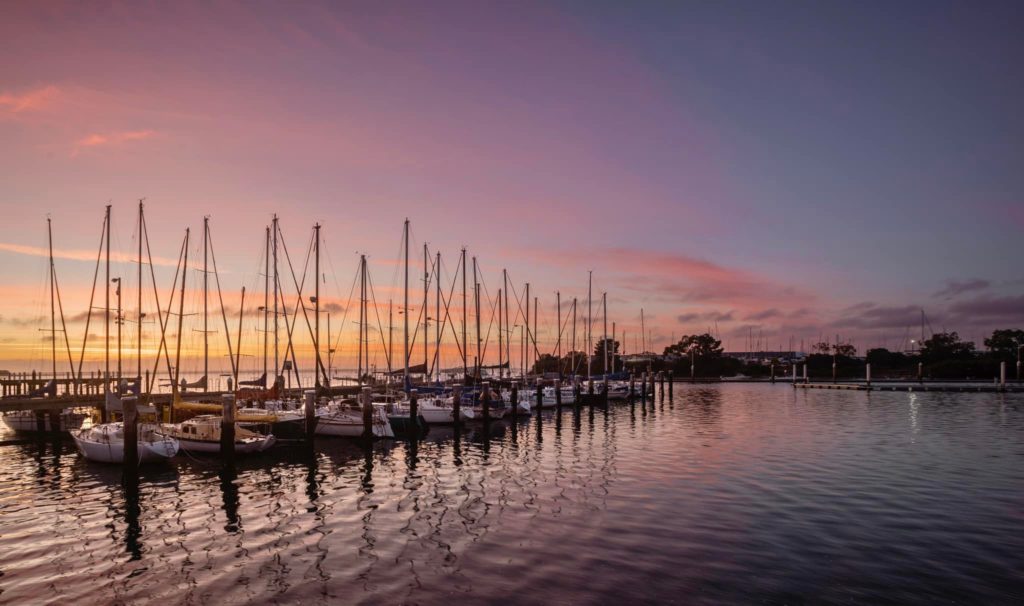
Floss Butterworth, Click Love Grow Grad
1. Camera
Okay, so this one is kind of obvious! You don’t need a fancy camera to take a fabulous landscape image. In fact, once you know the fundamentals of landscape composition, you can even use your mobile phone to capture a stunning sunrise or beautiful beachscape.
BUT… as with all genres of photography, the more control you have over your camera and settings, the more scope you have to be creative and the better the end result. So if you’re serious about landscape photography, a camera with full manual mode is the best option.
Related: Which Digital Camera Should I Buy
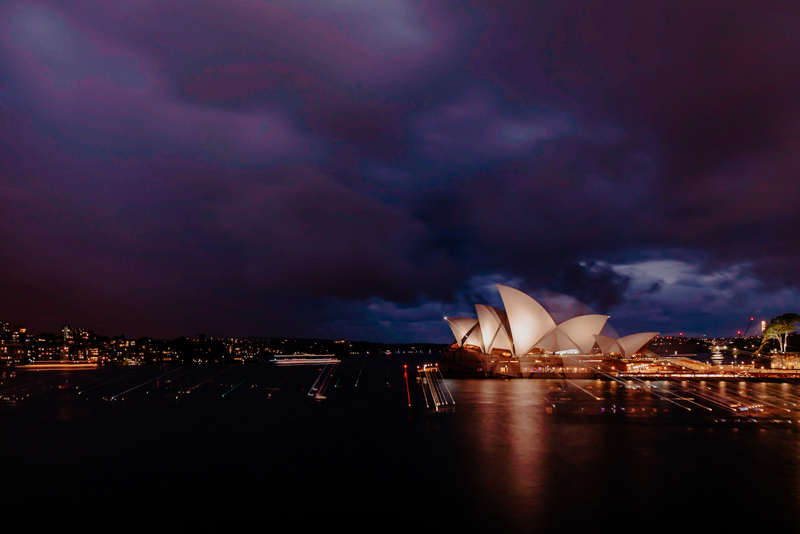
Emma Davis, Click Love Grow Instructor

Chelsea Stockbridge, Click Love Grow Grad
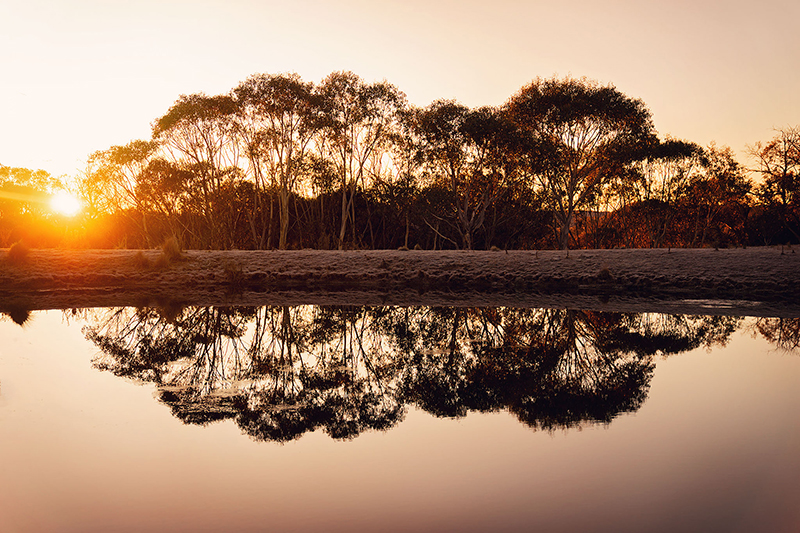
Laura Walker, Click Love Grow Grad
2. Lenses for Landscape Photography
You don’t want to be lugging your entire lens collection from one location to the next, so versatility is key. If you only have the camera bag space or budget for one lens, a good quality wide angle zoom lens is a great choice for landscape photography. It will allow you to get those sweeping wide angle shots, while also offering the capability to zoom in on the smaller details of the scene in front of you.
Models vary between camera brands, but most offer a 24-70mm in either f4 or f2.8 which ticks all the boxes. An f2.8 will be the more expensive version, but if you only intend to use it for landscape photography, f4 will meet your needs.
If you want to explore astro photography, ideally you’ll also want to have a super wide angle lens such as a 12mm or 16mm. However, 24mm will also do the job.
Related: What Lens Should I Use?
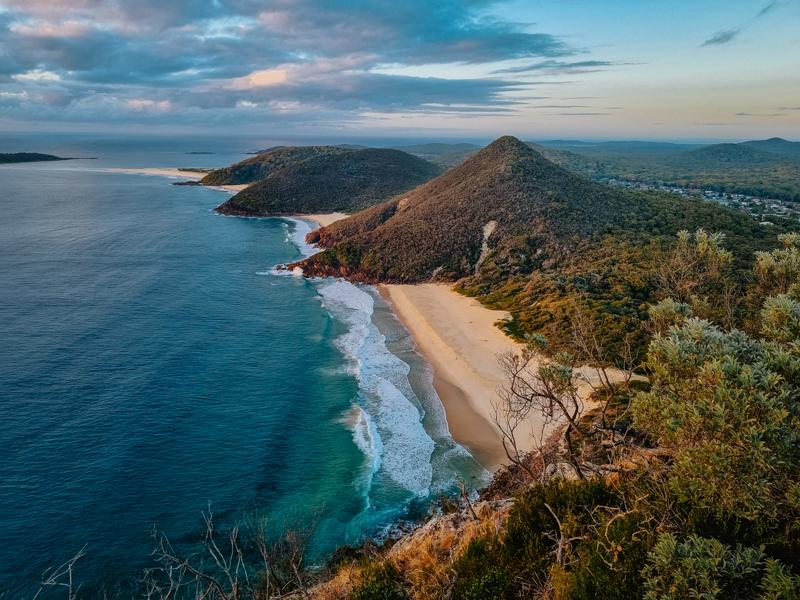
Emma Davis, Click Love Grow Instructor
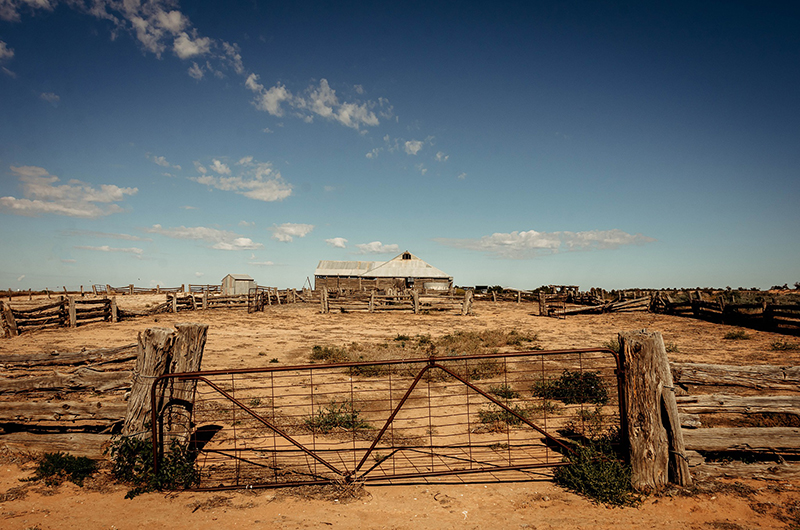
Jodi Poole, Click Love Grow Grad
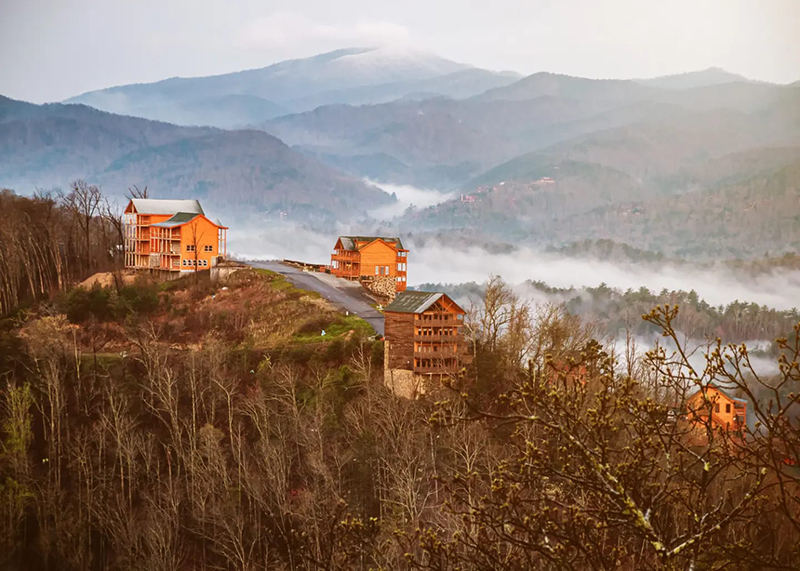
Pat Hauk Sebaugh, Click Love Grow Grad
3. Tripod
If you’re looking for instant gratification, landscape photography probably isn’t the genre for you. It’s definitely one where patience is required!
And for this reason, a sturdy tripod is definitely high on your gear list. Not only is a tripod fab for avoding camera shake when using long exposures, it is also handy for capturing consistent compositions and ensuring your horizon lines are tack straight.
When choosing a tripod, these are the most important things to consider.
How Much Weight Will it Hold
You will be trusting it to support your expensive camera equipment so it needs to be sturdy enough to stand up to the task! Good tripods will state how much they hold, and if it doesn’t say, avoid. Aim for an absolute minimum of your camera and heaviest lens combined.
The Weight of The Tripod
The weight of the tripod itself is also important. On the one hand it needs to be light as you will likely be carrying it around with you from location to location. But it also needs to be strong so that it doesn’t topple over with your expensive gear on it! So the best materials to look for are carbon alloy and aluminum.
Carbon alloy is the best, aluminum is a cheaper but quality alternative.
A good sturdy tripod generally will have a removeable centre pole which adds extra sturdiness.
Adjustable Height
Finally, check the maximum and minimum height of your tripod.
You need to be able to set it up at a height that is comfortable for you to work at for extended periods of time.
You might also need to adjust the height significantly higher or lower than your standing height depending on what you’re capturing or how you want to compose it. So check how high it can be extended, and that the centre pole can be removed which allows you to lower it further.
Head Type
The head is where you attach your camera and your options are ball head or pan & tilt.
Ball heads tend to be easier to manouver your camera angles and can more easily track a subject if needed.
Pan & tilt heads can be a little fiddly to adjust, but are more accurate in getting your camera straight. Once you get used to your specific pan & tilt head, you will become faster at adjusting it.
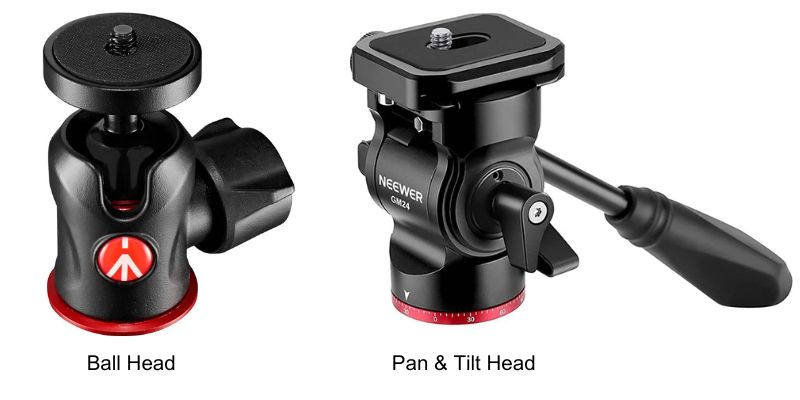
4. Smart Phone
So we’ve already mentioned that your mobile phone can double as a landscape camera in a pinch. But in fact, your phone is actually one of the most versatile pieces of gear in your camera bag. There are a number of ways you can use it when planning and executing your landscape shoot:
- Download a sunrise/sunset timer app to help you pinpoint the best time of day for your shoot
- Use your phone’s map function to plan out your location
- Use your phone as a remote timer to avoid camera shake caused by depressing the shutter button
- Use your phone’s torch to help you navigate your settings when shooting astro in the pitch dark
- Transfer your images from your camera to your phone via bluetooth or wifi to instantly share them with friends
Related: 5 Tips for Stunning Night Sky Photography
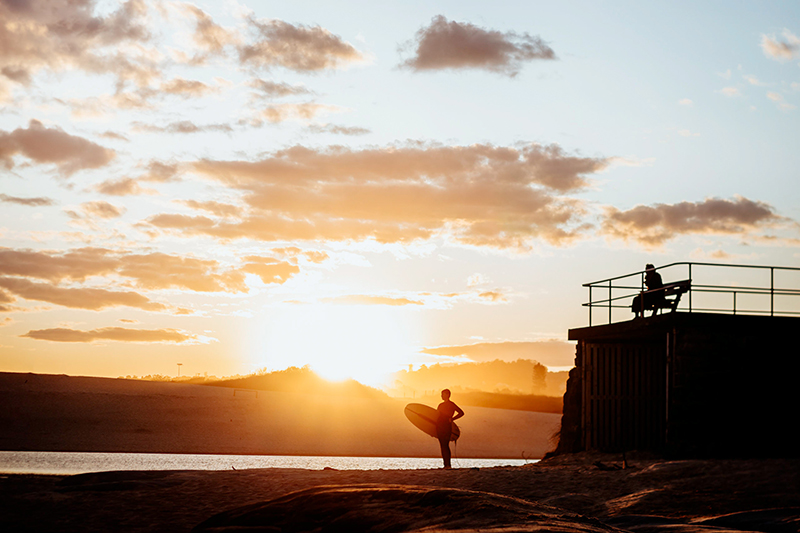
Emma Davis, Click Love Grow Instructor
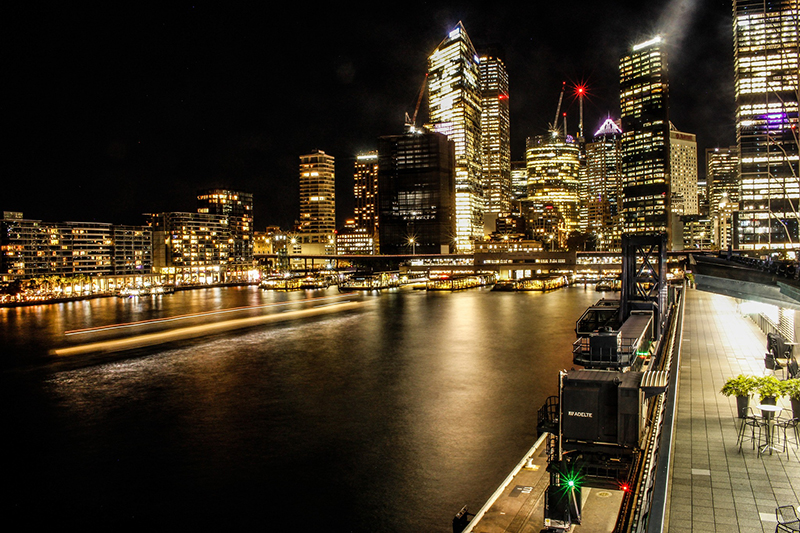
Fiona Russell, Click Love Grow Grad
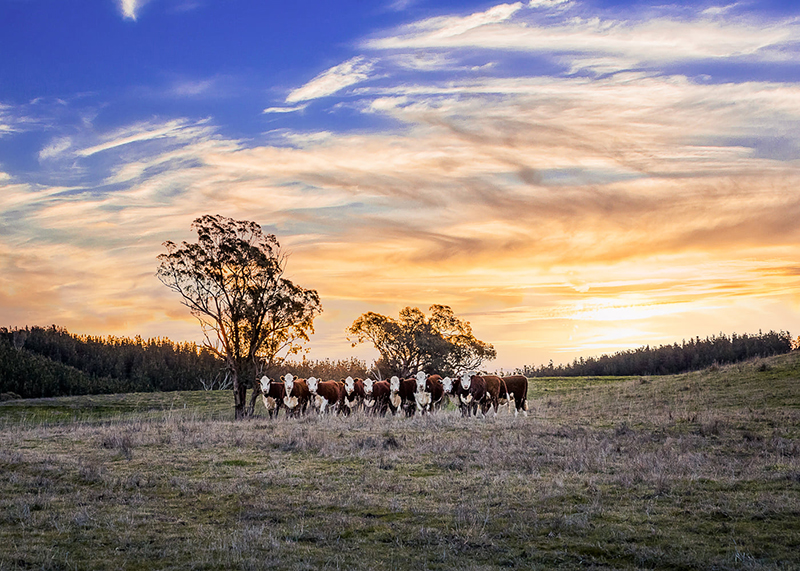
Bec Nave, Click Love Grow Grad
5. Camera Bag
Now that you have all your gear lined up, of course you’re going to need something to carry it all around in!
So, of course you need a sturdy camera bag with plenty of space for all your bits and pieces. When choosing a camera bag, bear in mind that you may be carrying it for long distances between locations. For that reason, a backpack is the best choice as it’s both comfortable and can fit a reasonable amount of gear.
Look for one with:
- Plenty of smaller pockets to stash spare batteries, memory cards etc, plus your keys, wallet, phone and any other personal items
- Compartmentalised padding to both separate and protect your camera and lens/es
- A side pocket for a drink bottle is handy too. You don’t want to put a bottle of water inside your bag next to your gear! But if the right camera bag doesn’t have a side pocket for a drink bottle, you can hang it from the bag with a metal D-ring. Most camera bags have external loops to hang extra things
- A tripod loop or strap which allows you to secure your tripod to the outside of your camera bag
We Recommend: We love the Tog Loot backpacks
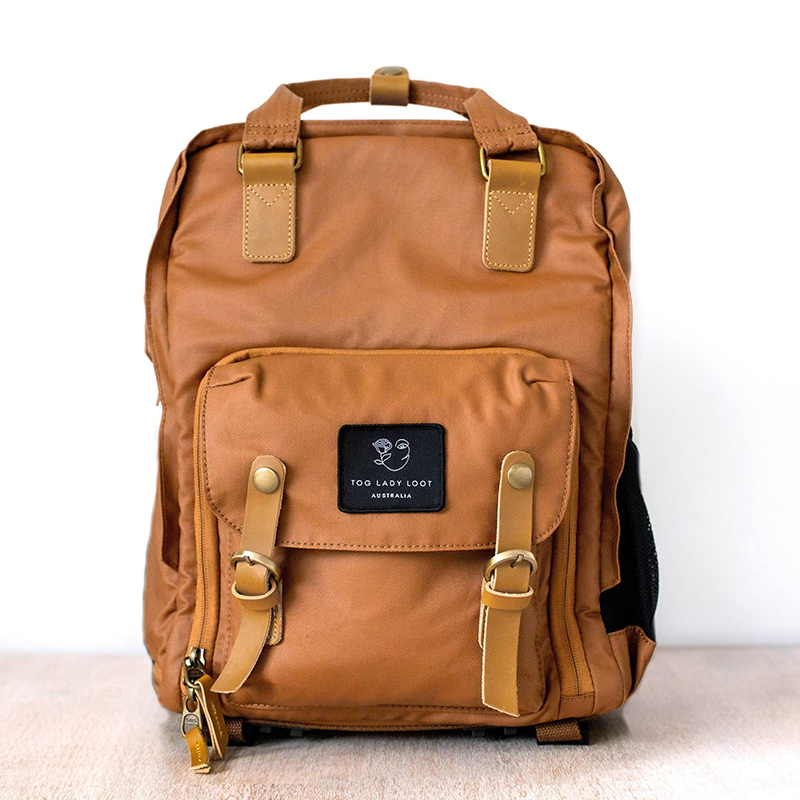
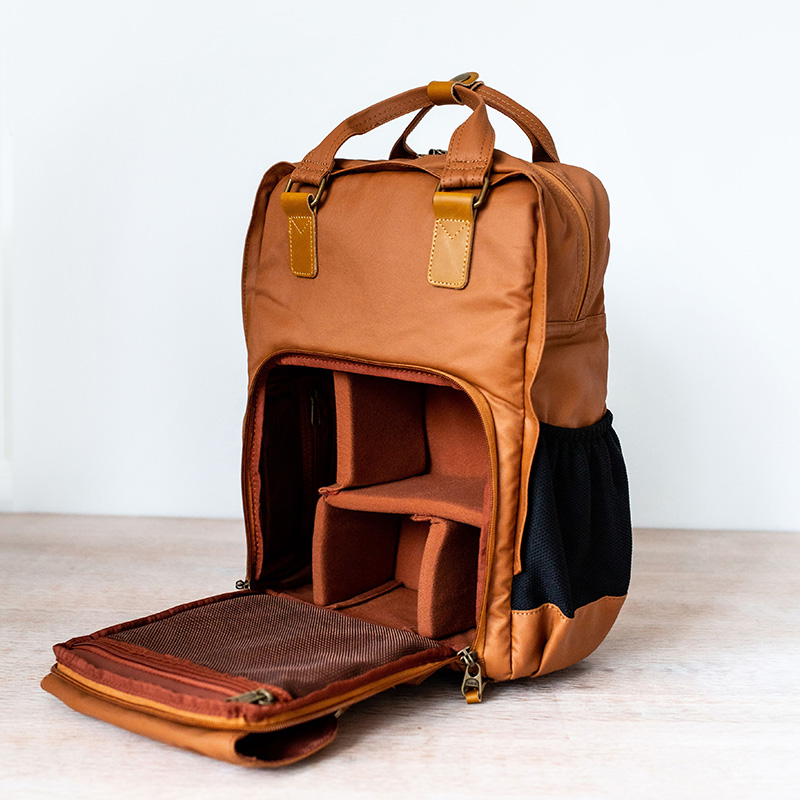
6. Bits And Pieces
When you’re out shooting landscape photography, you’re likely to be carrying your gear around from location to location. So less is definitely more when it comes to packing your camera bag. But there are a few essentials you need to make space for:
- Weatherproof clothing – depending on the environment you’re shooting in, this might include a sunhat and/or raincoat
- Sunscreen and insect repellent
- Torch
- Spare batteries and memory cards
- Lens cloth and camera cleaning kit – When you’re out in the elements, your gear is more likely to be exposed to dirt and dust so it helps to be able to give it a quick clean on the go
- Microfibre cloth or mini towel – To dry off your camera/lenses in case of unexpected rain or splashes
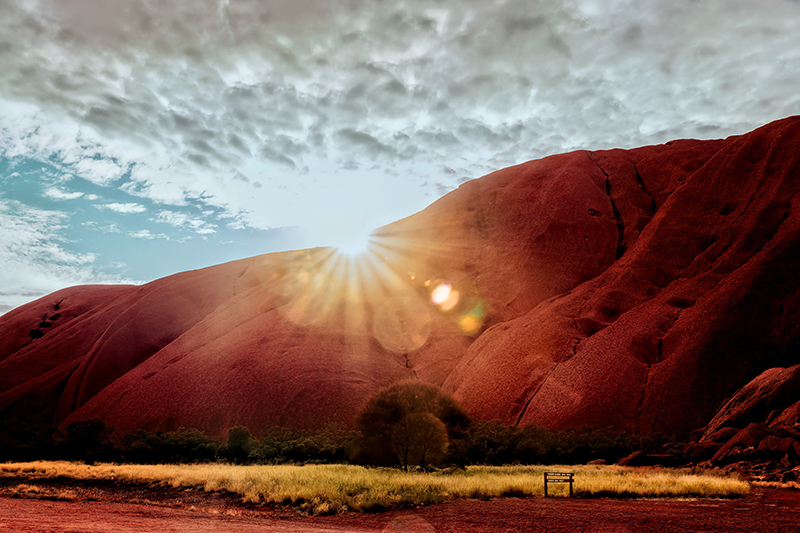
Emma Davis, Click Love Grow Instructor
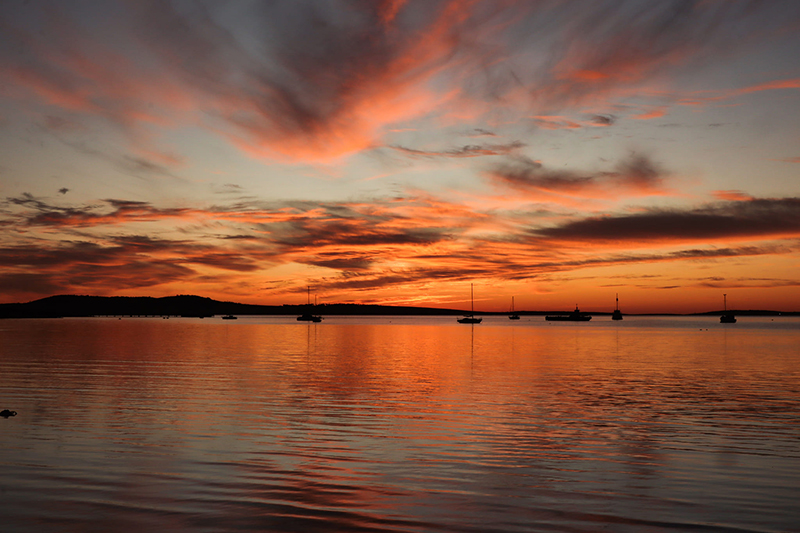
Fiona Hoopman, Click Love Grow Grad

Emma Davis, Click Love Grow Instructor
If you loved these tips and want more, check out our photography workshop – Landscape & Night Sky Photography.

Leave a Reply Cancel reply
PRIVACY POLICY & SITE TERMS AND CONDITONS
CLICK LOVE GROW ™ Pty Ltd - COPYRIGHT 2024 ©
x
Join Now
Enter your info below to join the challenge!
Want a friendly reminder when I go live?
Pop in your number and I’ll shoot you a text.
* We will send text reminders for our live calls during the challenge! Reply ‘STOP’ to end or ‘HELP’ for help.
We promise not to ever share your details with anyone or send you spam! Check our privacy policy and terms of service.
Be the first to comment